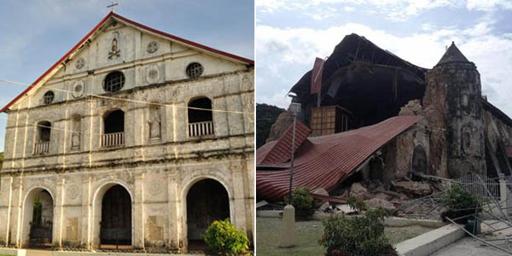Tarsiers, chocolate hills, kalamay and peanut kisses. Over the years these has become the iconic symbolisms that has made bohol what its is today. It has become all too familiar to us that the mere mention of the word “chocolate hills” conjures images of the dome shaped limestone hill standing mightily in the province of Bohol.

But there is still one thing about Bohol that I have been wanting to experience: a festival named after the blood compact: the Bohol Sandugo Festival.
Sandugo Festival is named after the famed blood compact between the Spaniard Miguel Lopez de Legazpi and the local chieftain Datu Sikatuna.
History books would tell us that the blood compact actually happened in the month of March but lately organizers decided to hold the festivities in July in time for Bohol province and the city’s founding anniversary.

Without any firm plans I flew to Tagbilaran City the capital of Bohol courtesy of Air Asia Philippines. Air Asia Philippines provides a jet service from Manila to Bohol utilizing the Airbus 320 aircraft 3x daily.
Luckily friends we able to connect me with the MOMO Beach House and Amorita Resort both in Panglao. Both properties were superb and the service is beyond compare, making my first Sandugo Festival experience an even more memorable.
Highlight of the festival is the grand streetdancing competition participated by the various Municipalities of Bohol.

By around lunch time I asked the van driver from Amorita to bring me to the city Plaza.
I arrived just in time for the parade as contingents are starting to assemble near the cathedral.
The crowd is starting grow in number.
I was fortunate enough to take some snapshots of the dancers even before they started to dance in the streets. This way I get to to take their photos with make up complete and not stressed – looking with all the sweat.

There were six contingents participated in this year’s Sandugo Festival and I can clearly see the effort they put up in making their props and costumes look grand and fabulous.
By aroun 2PM the streetdancing has officially started, much to the delight of the cheering spectators.
One by one each contingents shashayed their way across C. P. Garcia street, until they arrived at Tamblot Circumferential Road towards the C. P. Garcia stadium.

The stadium is filled to the rafters. As each contingent enters the stadium, they perform their 3-minute streetdance routine before the showdown actually started.
The streetdance is usually just a quick preview of what you may see during the showdown performance. The dance usually lasts for 3-5minutes with very minimal props and sets used. With progressive forward movement. This is usually performed in the streets while the showdown routine is performed at the stadium.
After all the lengthy speeches and performances under the scorching heat of the sun, winners were finally declared.
The performers from Bohol Island State University (BISU) – Bilar Campus succeeded in their attempt to win the Sandugo title for three consecutive years.

The team was choreographed by Sherwin Taneo, former dance master of Maxi Custodio of Lingganay Festival fame.
Claiming the first runner up trophy is the contingent from the City of Tagbilaran. This is the first time that Tagbilaran actually won in Sandugo.
They were trained under the leadership of Frenil Palang of the Buyogan Festival.
So the next time somebody mentions the place “Bohol”, I would no longer have to think of the chocolate hills, tarsiers and kalamay. I would remmeber the vivid images of the Sandugo Festival celebrating the lifetime bond of friendship between Spain and the locals.

For booking and flight inquiries log on to http://www.airasia.com.ph
Follow AirAsia Philippines on Instagram and Twitter : @airasiaph

